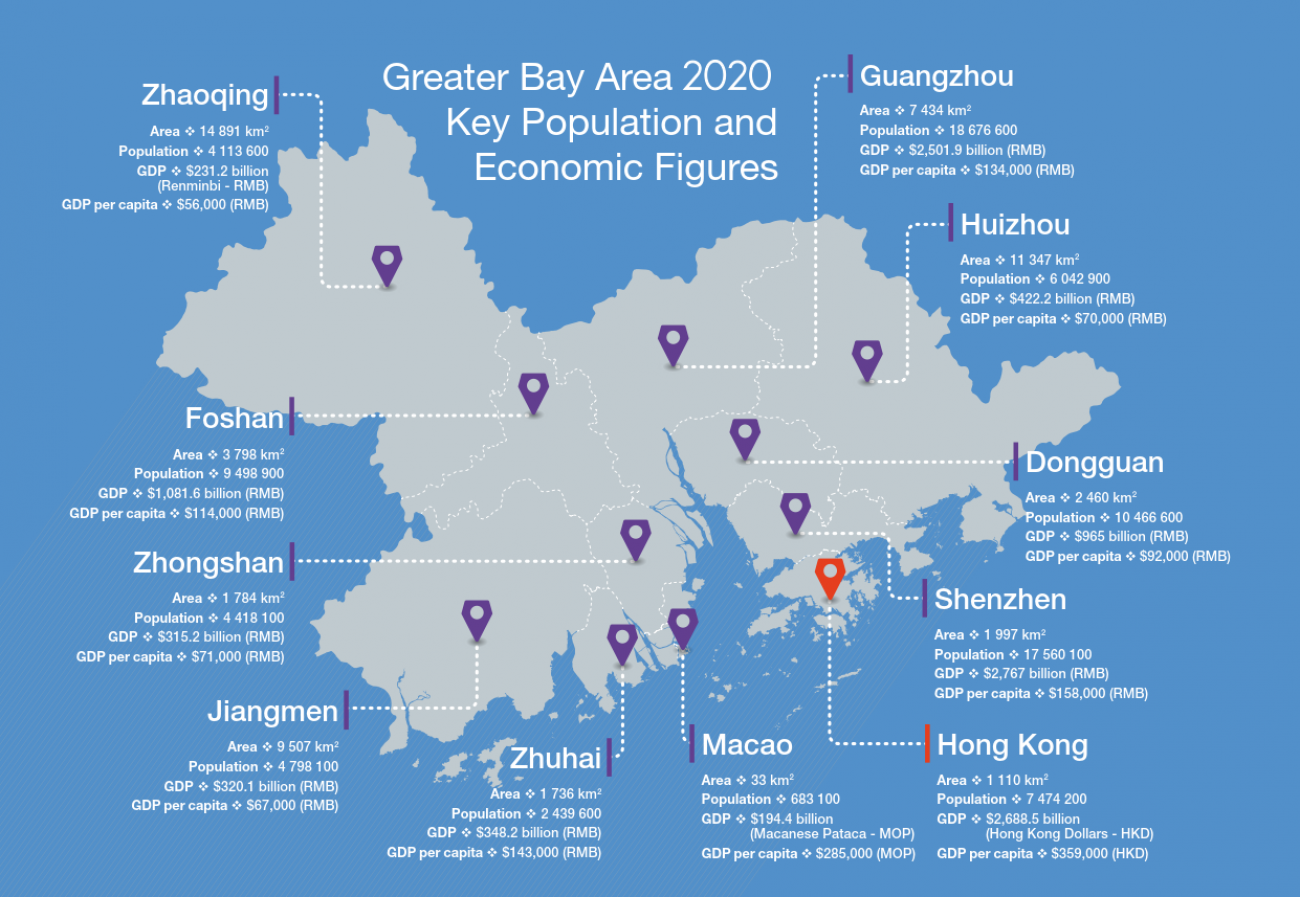Hong Kong International Airport (HKIA) stands as a cornerstone of Hong Kong’s economic landscape, playing a pivotal role in both tourism and commerce. As one of the busiest airports globally, HKIA serves as a hub for around 120 airlines, providing direct flights to approximately 150 destinations worldwide. This extensive network not only facilitates seamless travel but also underscores Hong Kong’s strategic position as a global transport and logistics hub.
The airport’s infrastructure is a marvel of modern engineering, designed to handle the high volume of passengers and cargo efficiently. Terminal 1, a key component of the airport, has been extended to include a new aisle equipped with 48 check-in counters, two additional baggage reclaim carousels, and various amenities such as catering kiosks and offices. This expansion ensures that the terminal can accommodate the growing number of travelers and provide a more comfortable and efficient experience.
One of the most impressive features of HKIA is its advanced baggage handling system (BHS). Located in the basement of the passenger terminal, the BHS is a sophisticated network of conveyors spanning 33 kilometers. This system is responsible for processing departure, arrival, and transfer bags, ensuring that luggage is routed accurately and efficiently. Bar coding and RFID scanners read the standard International Air Transport Association (IATA) baggage labels, directing bags to their correct destinations. The majority of arrival bags are conveyed to 14 reclaim carousels within 20 to 40 minutes of the aircraft landing, a testament to the system’s efficiency and reliability.
For passengers with tight connections, the airport has two remote transfer facilities at the western end of the main concourse and the T1 Midfield Concourse. These facilities are specifically designed to handle transfer bags quickly, ensuring that passengers can make their connecting flights without delay. This seamless operation is crucial for maintaining the airport’s reputation for excellence in service and efficiency.
In addition to its passenger services, HKIA is a global leader in air cargo handling. The airport boasts world-class cargo facilities, with Hong Kong Air Cargo Terminals Limited (HACTL) operating the SuperTerminal 1, one of the world’s largest air cargo handling facilities. The SuperTerminal 1 has a designed handling capacity of 2.6 million tonnes of freight per year, making it a critical node in the global supply chain. Another key player in the cargo sector is Asia Airfreight Terminal Company Limited (AAT), whose terminal has a designed handling capacity of about 1.5 million tonnes per year.
The 11-hectare Cathay Pacific Cargo Terminal, with a designed throughput of 2.6 million tonnes per year, further enhances HKIA’s cargo handling capabilities. DHL’s 3.5-hectare Central Asia Hub at HKIA is another significant facility, capable of processing more than 35,000 parcels and 40,000 documents per hour. DHL is currently undergoing an expansion that is expected to increase its capacity by 50% upon completion, further solidifying HKIA’s position as a premier cargo hub.
Hongkong Post’s Air Mail Centre, covering a total land area of about two hectares, handles 700,000 items of mail every day. The Government has announced plans to redevelop the Air Mail Centre to further enhance its handling capability, ensuring that it can meet the growing demand for mail services.
To further bolster its logistics capabilities, a premium logistics center is being developed at HKIA. This center is expected to add 1.7 million tonnes of cargo volume to HKIA each year when it operates at full capacity. This development is part of a broader strategy to enhance the airport’s role in the global logistics network and support Hong Kong’s economic growth.
In conclusion, Hong Kong International Airport is a prime example of how advanced infrastructure and technology can be harnessed to create a world-class transportation and logistics hub. From its efficient baggage handling system to its state-of-the-art cargo facilities, HKIA continues to set the standard for excellence in the aviation industry. As the airport continues to evolve and expand, it will undoubtedly remain a vital component of Hong Kong’s economy and a key player in the global aviation landscape.



